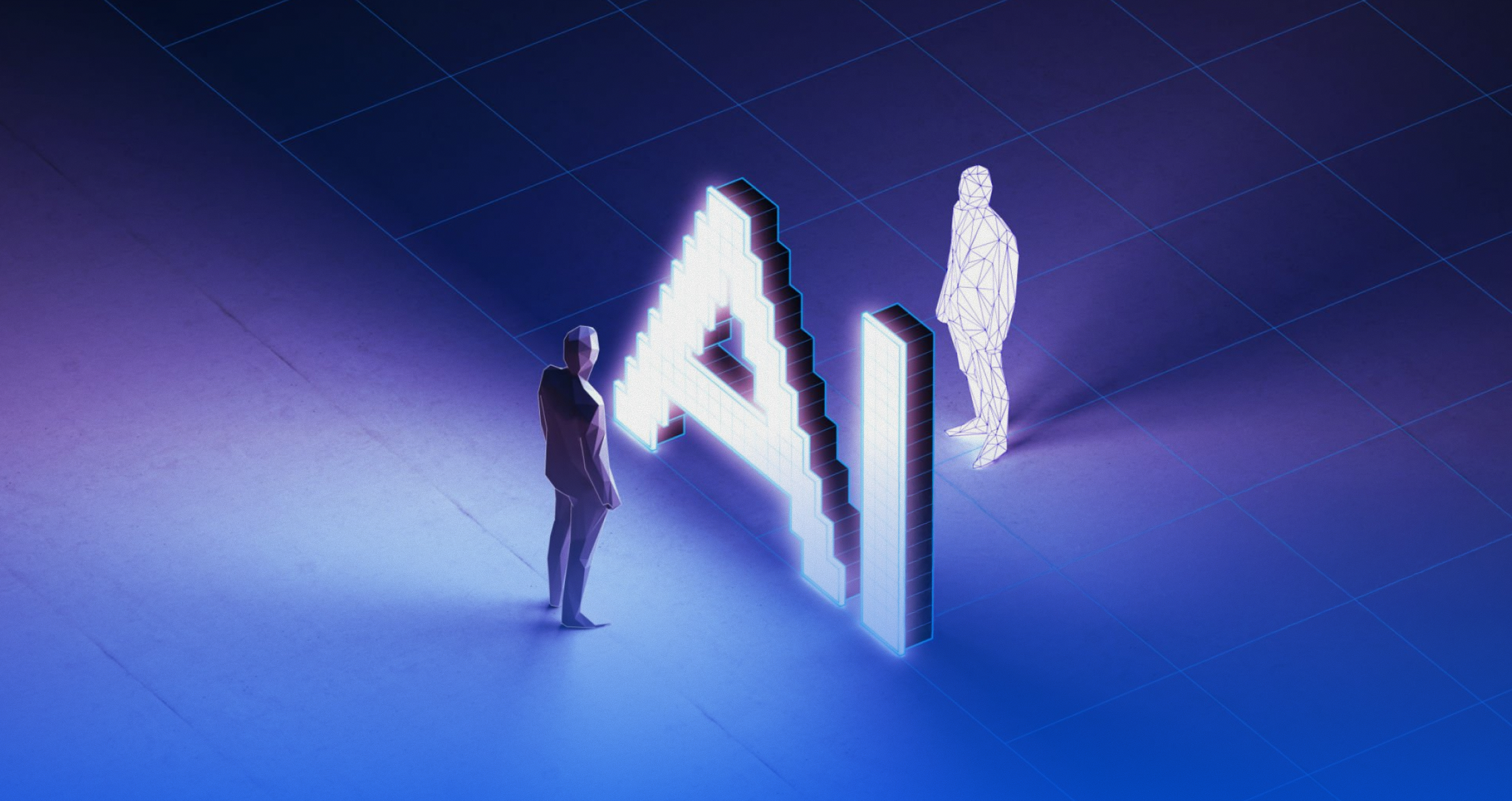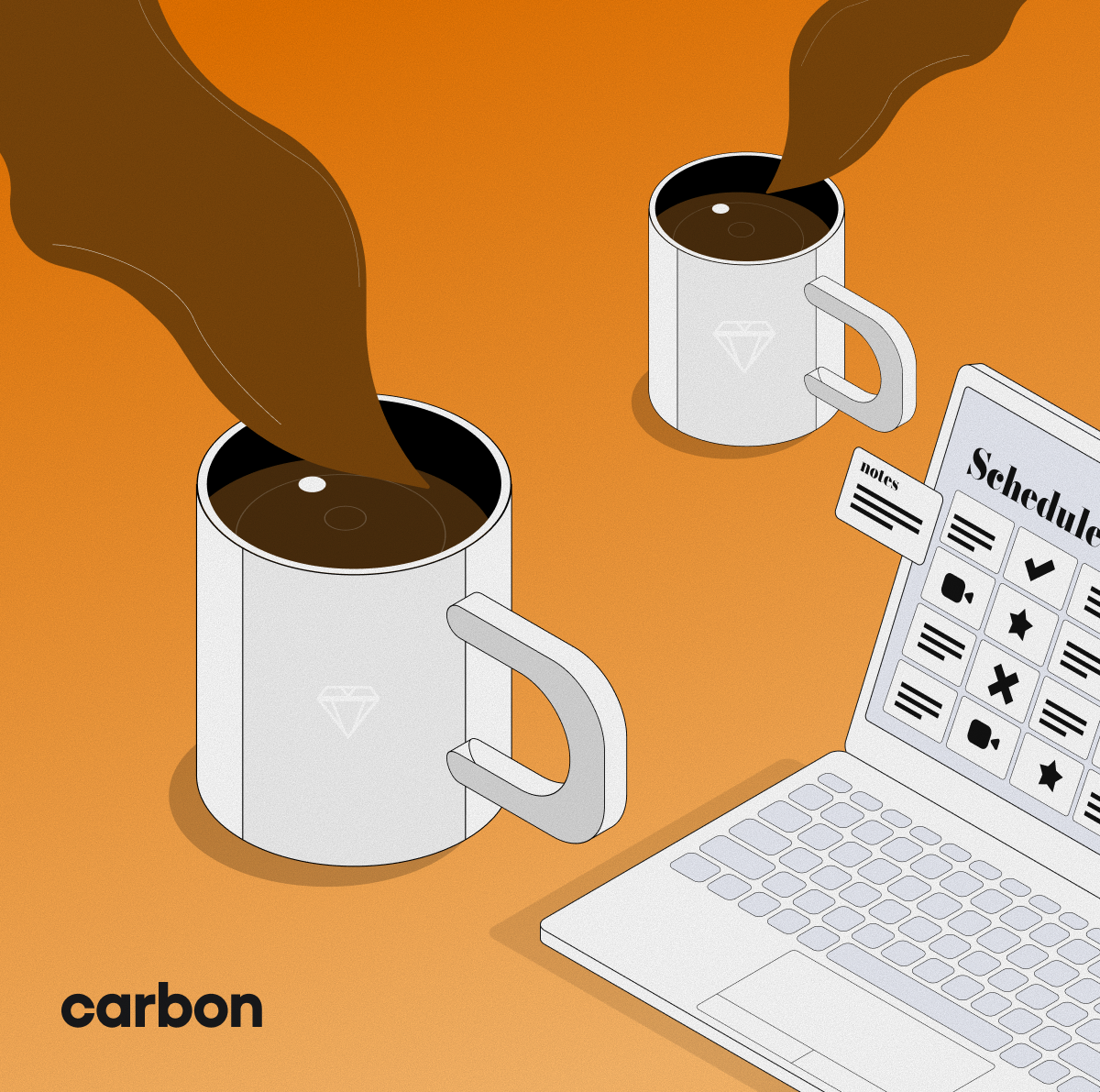The Post-AI Workforce: What It Means for Engineers and Employers
Discover how AI is transforming the engineering landscape, not by replacing people, but by reshaping how remote teams, satellite offices, and talent hubs collaborate. Learn why the future of work depends on balancing intelligent automation with human creativity, empathy, and trust

AI isn’t replacing engineers, it’s redefining them.
As automation accelerates, the true differentiator lies in human judgment, creativity, and empathy. For organizations building remote teams, talent hubs, or satellite offices, understanding how AI reshapes engineering work is crucial to thriving in the post-AI era.
AI isn’t simply transforming what we build; it’s fundamentally reshaping how we work, and where we do it.

A New Era of Global Engineering
This transformation aligns with findings from the OECD’s study on AI and the labor market, which highlights how intelligent systems are reshaping the nature of engineering and technical collaboration worldwide.
For engineers and the companies that depend on them, this evolution is immediate and tangible. Tools that generate code, automate testing, and recommend architecture are no longer novelties, they’re now standard.
But what’s emerging is deeper: an advanced partnership between human expertise and intelligent systems. The engineers of the post-AI era are orchestrators- blending automation with creativity, data with judgment, and distributed collaboration with precision.
Companies leveraging remote engineering teams and global talent hubs are gaining unprecedented scalability. AI tools now allow distributed teams to collaborate seamlessly across borders and time zones, unlocking a new model of agility for engineering-driven organizations.
Rethinking the Engineer’s Role
For too long, automation was viewed through the lens of replacement. Today, that story has changed.
AI is not displacing engineers; it’s amplifying their capabilities.
AI handles the repetitive work - boilerplate code, data cleanup, test automation - freeing engineers to focus on what’s uniquely human: creativity, problem-solving, and strategic design.
The best engineers are moving from execution to orchestration. Their value lies not in output alone, but in the ability to frame problems, apply judgment, and connect technology to business outcomes.
As McKinsey’s Future of Work report notes, automation is set to elevate rather than eliminate roles, making creativity and emotional intelligence essential.
For global employers, this redefinition aligns perfectly with the shift toward remote teams and satellite offices. Distributed models allow organizations to scale intelligently, blending AI-driven productivity with human insight from multiple regions.
The Rise of Talent Hubs and Build-Operate-Transfer Operations
To stay competitive, global companies are embracing talent hubs - strategic centers where engineering excellence thrives. These hubs may begin as remote teams, evolve into satellite offices, and mature through Build-Operate-Transfer (BOT) operations, giving employers full ownership once the structure stabilizes.
AI makes this process smoother than ever. From Belgrade to Bogotá, teams now collaborate through AI-driven communication, version control, and documentation systems.
At Carbon, we help organizations navigate this journey, building and scaling distributed engineering teams that align with their goals, culture, and long-term growth strategy.
This enables a new era of global engineering collaboration, where human creativity and intelligent automation coexist seamlessly.
For employers, it means faster access to specialized skills and scalable operations without the friction of traditional expansion. For engineers, it opens doors to work on transformative projects without geographic limits.
In this world, talent is defined not by location, but by adaptability, curiosity, and mindset.

The Importance of AI Fluency
Technical fluency has long been essential. Today, AI fluency is equally critical.
Engineers who can prompt effectively, question intelligently, and evaluate AI outputs are setting the new benchmark. GitHub’s State of the Octoverse shows that developers using AI tools report higher satisfaction and efficiency, not because AI replaces them, but because it amplifies human creativity.
To make this work, organizations must embrace continuous learning. Engineers need time and freedom to experiment with AI, share learnings, and iterate.
In remote teams and distributed operations, AI tools also become cultural glue - connecting workflows, aligning handovers, and reducing miscommunication. They don’t just automate tasks; they enable shared understanding across continents.
Just as cloud computing redefined infrastructure, AI is now redefining productivity, learning, and leadership.
Building Adaptive, Human-Centred Cultures
Thriving in the post-AI era is not about mastering technology alone but also about nurturing a culture of adaptability.
Employers must recruit for curiosity and flexibility as much as for technical skill. Workflows should encourage transparent collaboration between people and AI systems.
Performance metrics must evolve too, recognizing creativity and strategic judgment alongside speed or efficiency.
For companies with distributed teams, clarity of purpose is the anchor. AI may govern the how, but humans define the why.
This mindset is essential in Build-Operate-Transfer models. During the “operate” phase, local teams learn not only tools and systems, but also company culture and values. When the “transfer” phase arrives, what’s handed over isn’t just an office — it’s a living, self-sustaining ecosystem.
That’s the hallmark of a true talent hub: sustainable, skilled, and human-centered.
Engineering with Empathy
As AI automates the mechanical, human qualities take center stage. Collaboration, communication, and emotional intelligence are becoming the traits that define exceptional engineers and leaders.
The most successful organizations understand that technology is only half the story. The other half is trust - empowering people to use intelligent tools responsibly and creatively.
In remote teams, empathy shows up in daily operations: how feedback is shared, how recognition travels across time zones, and how leaders sustain belonging without physical proximity.
AI can support this by analyzing engagement, optimizing communication, or detecting burnout patterns, but empathy must still come from people.
A healthy post-AI workforce blends the precision of automation with the emotional intelligence of human leadership.
The Future of Work: Blending Technology, Trust, and Talent
At Carbon, we believe the post-AI workforce isn’t about replacement but about renewal.
AI’s rise invites companies to rebuild their operating DNA around flexibility, inclusion, and purpose. By combining AI-driven productivity with human creativity, organizations can scale intelligently through remote teams, satellite offices, and talent hubs - all connected by a shared mission.
According to Accenture’s Reinvention in the Age of Generative AI report, companies that successfully integrate AI with distributed talent models achieve 30–40% higher innovation output.
When these hubs evolve through Build-Operate-Transfer operations, they create sustainable ecosystems of innovation. They turn geographic diversity into strategic advantage.
The engineers leading this transformation are more than coders - they are architects of a new kind of work that balances mastery with empathy, intelligence with integrity.
The Opportunity Ahead
The opportunity is clear. By combining advanced technology with human insight, engineers and employers can shape a future defined not by automation, but by imagination and empathy.
The post-AI era demands that we evolve, not just our tools, but our mindsets.
At Carbon, our mission is to connect forward-thinking companies with exceptional global talent - helping them build, operate, and transfer the teams that will define the next decade of engineering.
Because the future of work isn’t just remote, it’s human.

Sources:
Accenture. (2023). Reinvention in the Age of Generative AI. Accenture Strategy.[1]
GitHub. (2023). The State of the Octoverse Report. [2]
McKinsey & Company. (2023). The Future of Work After AI. [3]
OECD. (2021). The Impact of Artificial Intelligence on the Labour Market. Organisation for Economic Co-operation and Development. [4]



